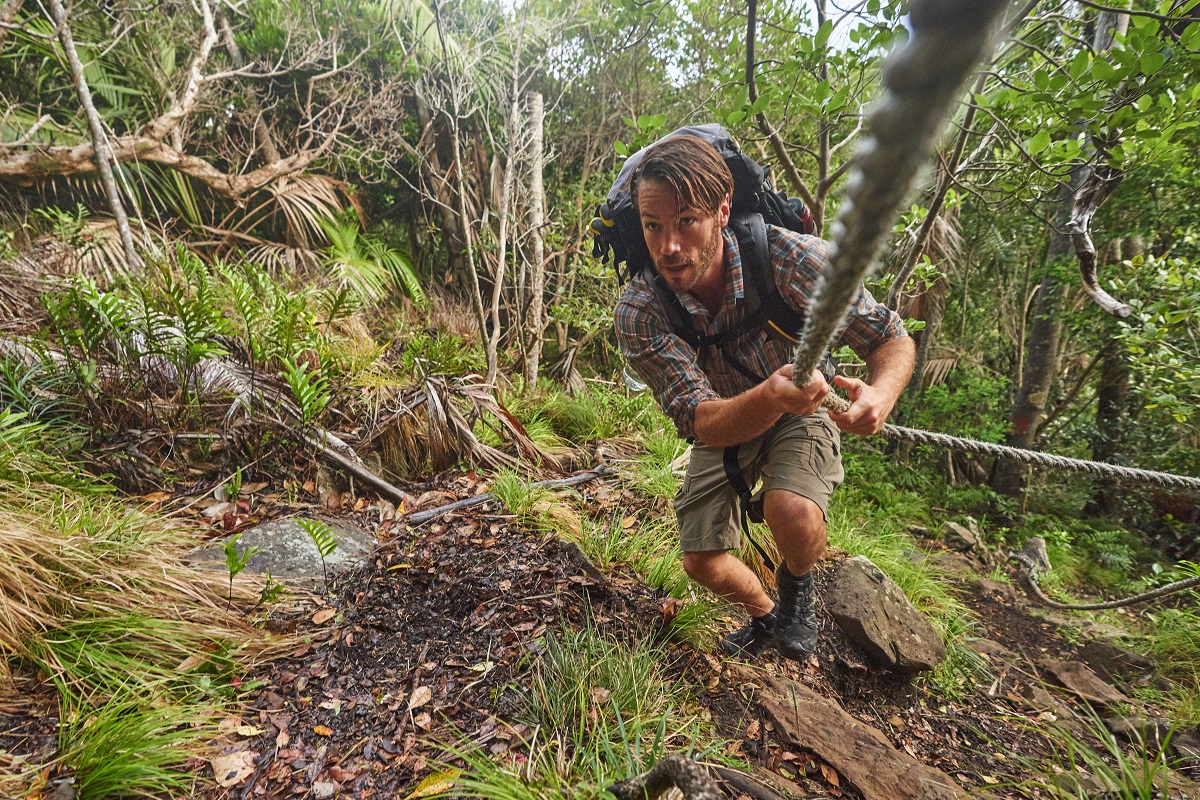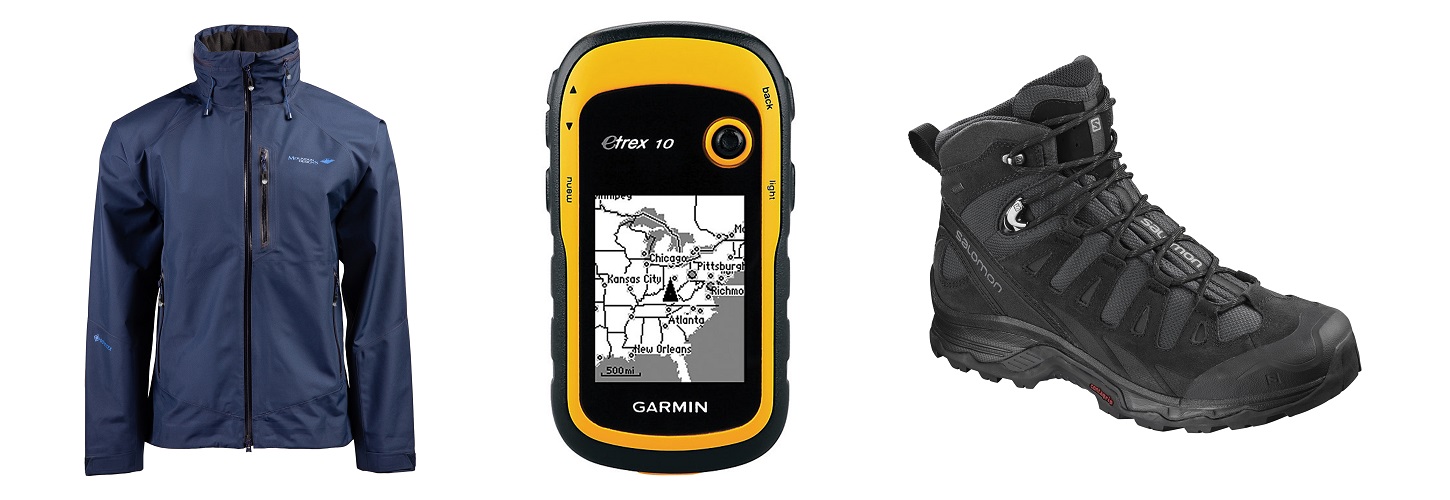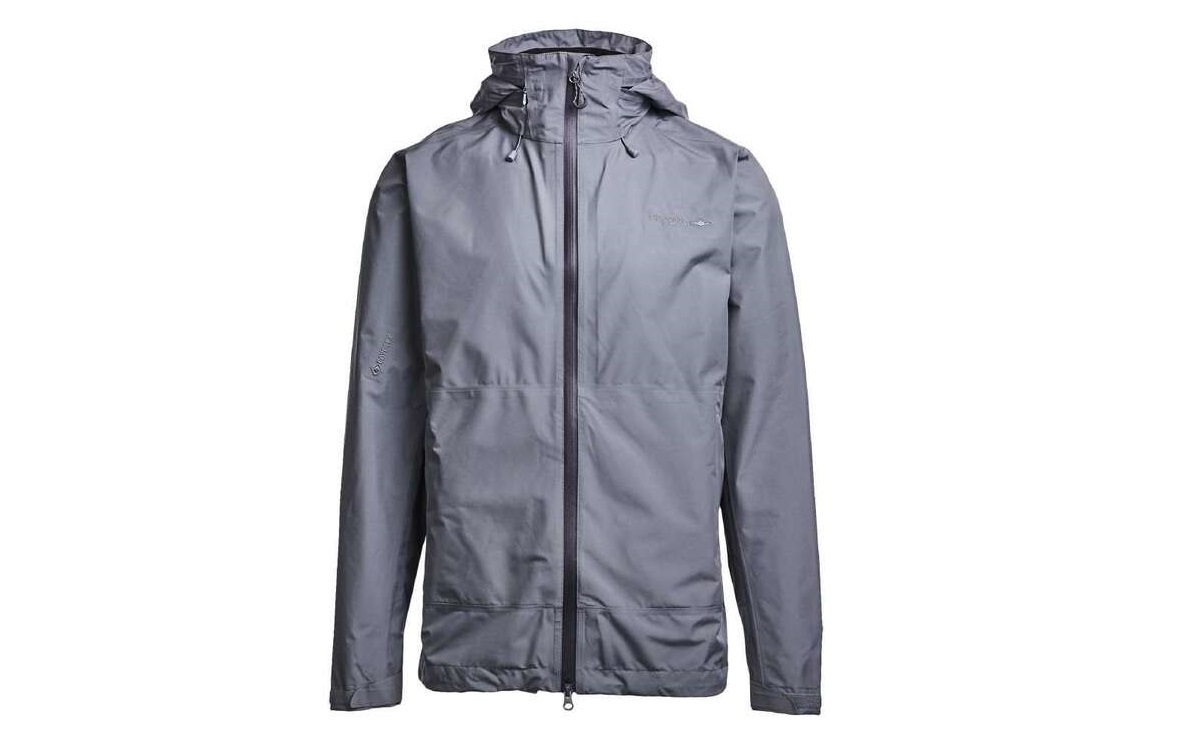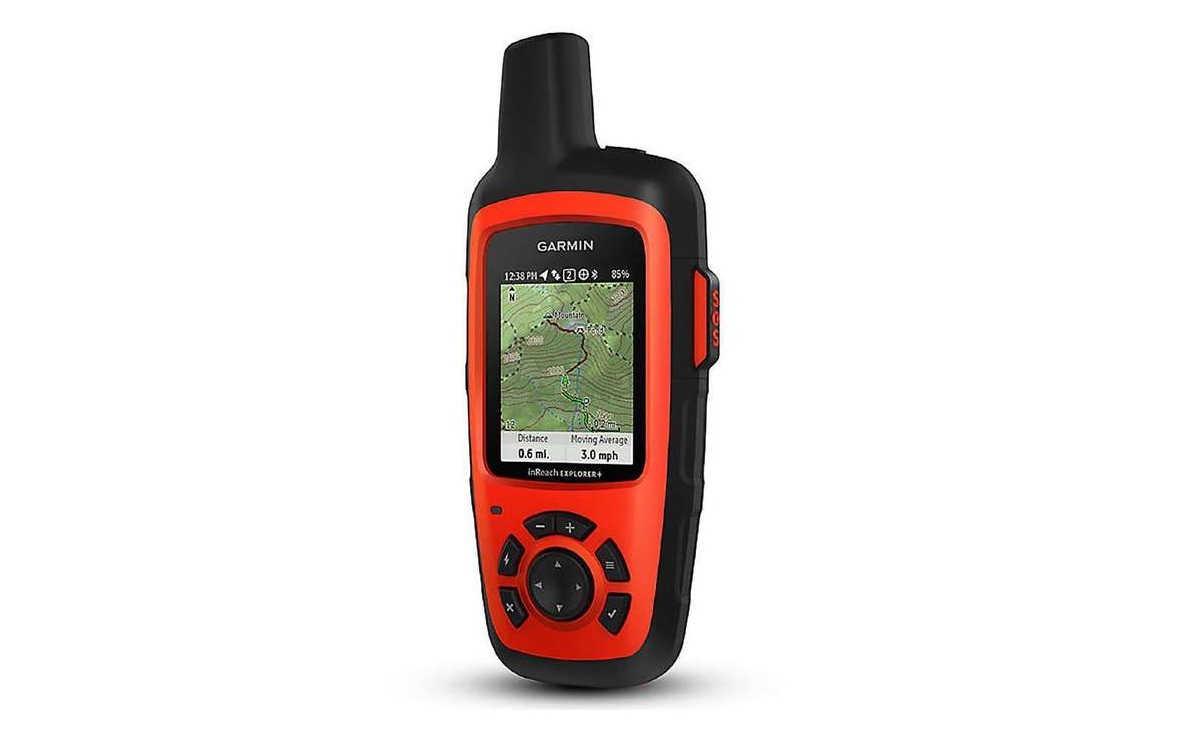| Your browser is not supported. | ||
|
Please browse our site using any of the following options:
| ||
Trail Safety

When you consider Mountain Designs Adventure Ambassador Glenn Azar's track record, you'll understand why trail safety has - and continues to be - one of his highest priorities. Glenn is a former soldier of 17 years and now runs adventure trekking company Adventure Professionals. He has completed 79 crossings of the Kokoda Track, 13 summits of Mt Kilimanjaro and trekked to Everest Base Camp 14 times leading groups. So yeah, he knows a bit about staying safe in the wilderness. Here are his top tips for getting outdoors and having the experience of hiking in nature but ensuring you're doing it safely.
1. Do Your Research
Get online, talk to others with experience, or find chat groups or social media pages to collect as much information as you can to ensure you understand the requirements of the hike you're intending to undertake.
2. Share Your Plans With Others
Create an itinerary for someone outside those attending, including start time and expected finish time. Your hiking buddies should know the entire plan but share it with someone outside the group as well, just in case of an emergency or any unforeseen issues that arise.
3. Know Your Own Ability & Experience Levels
Remember that when people review a trek they're doing so based off their fitness and experience level, not yours. You have to weigh this advice up with a good understanding of where you're at in terms of your physical status, skills and experience, and mental capacity.
4. Carry Wet Weather Gear
It's important to always prepare for all weather conditions and expect weather changes. Often people get caught out because they look at the weather early on and think they won't need anything for wet weather. Just assume it's always likely to rain and you can't go wrong. There are enough waterproof jackets available these days that are lightweight and easily packable.
5. Don't Skimp On Boots
Trekking boots are vital pieces of equipment when out in nature so don't skimp on them. Try on a few pairs and find a pair that are the right fit and feel for you. This ensures comfort and minimises the risk of injury. And trust me, you'll really know about it at the end of a trek if you've been wearing dodgy footwear.
6. Carry A Communication Device
A mobile phone may be enough on local tracks but a lot of treks in nature can be away from mobile phone coverage. If this is the case, then think about getting access to other equipment (sat phones can be hired these days for reasonably inexpensive fees).

Some of the basic gear you should equip yourself with: a waterproof rain jacket (left), a GPS device (middle) and some quality hiking boots (right).
7. Prepare For The Terrain
The more remote your trek is the more safety conscious you should be. The longer the duration, the more remote or the number of people going can all lend themselves to your consideration for more advanced equipment and communication. I personally would never go trekking for more than an hour or two without an EPIRB (emergency position indicating radio beacons). Be aware that in some states if you're organising a group (even for free or with friends) you will be required by law to carry an EPIRB so make sure you check laws with appropriate local authorities.
8. Over-cater
Bring more food and water than you need. It's much better to have too much than not enough. If you get stuck out there or perhaps find someone else stuck somewhere the extra rations could be a big advantage to survival.
9. Bring A First Aid Kit & Know How To Use It
At a minimum you will need something for bites/stings, strapping tape for rolled ankles and the like, and bandages for snake bites (hey, this is Australia right!). Someone in your crew should be first aid qualified and if you're going to spend any great amount of time in the wild then it should be you.
10. If Taking Children, Ensure The Hike Is Appropriate For Them
I see so many people who want to inspire their children to get out in nature - which I highly recommend - but then also choose a hike that is just too advanced for them. This can have the opposite effect and cause them to hate the outdoors. So like anything start easy and work your way up.
11. Check Children's Equipment
If you are taking children give them a list of what they need and allow them to pack their own equipment but always check they do have everything. There's nothing worse than getting to the start point and realising you're missing something. This can be a fun activity together where the family all check their gear at the same time.
Children, such as this group that Glenn recently guided to Flinders Peak in south-east Queensland, should only ever embark on an adventure that their skills match up to. (Image courtesy Glenn Azar)
12. Trek With Someone Else Where Possible
I love solo hiking but the smart money is to have someone with you, especially on a hike that you're not overly familiar with. If you do go alone then refer back to point 2 and make sure someone is aware of your plan.
13. Stick Together
If you're with other people make sure you take regular breaks to ensure you have everyone but also as a chance to check in and make sure that everyone is comfortable with the level of the hike and that they're all travelling well.
14. Have A Plan For What To Do In The Event Of Being Separated/Injured
In the military we always went through a drill before any mission called 'actions on'. These were actions on being separated. Actions on injury. Actions on loss of communication. There's no sense trying to make decisions under pressure when you could have worked out a plan before you started, which allows everyone to then carry out the plan and give a higher likelihood of a good outcome when things go wrong.
15. Don't Pack Your Ego
Be willing to turn back if the weather turns, you or someone else has reached your/their limit, or if time is against you (e.g. you didn't reach the destination in the intended time frame). The mountain, trail or whatever landmark will be there another time so don't pack your ego and be willing to make the right calls.
These are just some of my tips for getting out in nature, pushing yourself and having an experience but also understanding that we all have responsibilities when out in nature to do the right thing and look after ourselves, our friends or family that are with us and of course each other when we see other nature loving adventurers out there.
Be prepared. Get out. Explore your backyard.
Photo Credits
Image supplied by Glenn Azar
- Instagram @adventureprofessionals
- Website https://www.adventureprofessionals.com.au/

